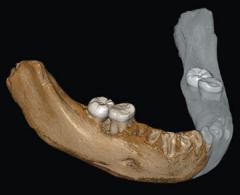
This Article From Issue
July-August 2019
Volume 107, Number 4
Page 196
To the Editors:
“Connecting Habitats to Prevent Species Extinctions,” by Stuart L. Pimm and Clinton N. Jenkins (May–June), describes the ambitious efforts required to connect forest fragments in Brazil. The article recalled for me the 1992 Council of Europe Seminar on the Biology and Conservation of the Wildcat (Felis silvestris) in Nancy, France, which I attended. During a field trip, the participants were told about small populations of the European wildcat in two forested habitats of southern Belgium and northern France. According to our guide, European wildcat expert Marc Artois, several former villages in the Belgian Province de Luxembourg suffered so much devastation during World War I that they had been abandoned. Gradually, natural growth covered the previously inhabited area and fortuitously formed a connection between the two wildcat populations; thereafter, their numbers increased. This connection, Artois noted, was a rare example of war having a positive influence on wildlife.
Karl H. Raab
Vancouver, BC
Canada

American Scientist Comments and Discussion
To discuss our articles or comment on them, please share them and tag American Scientist on social media platforms. Here are links to our profiles on Twitter, Facebook, and LinkedIn.
If we re-share your post, we will moderate comments/discussion following our comments policy.